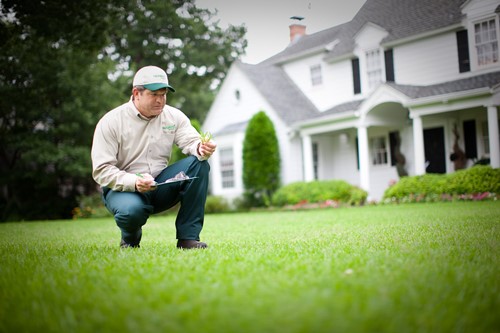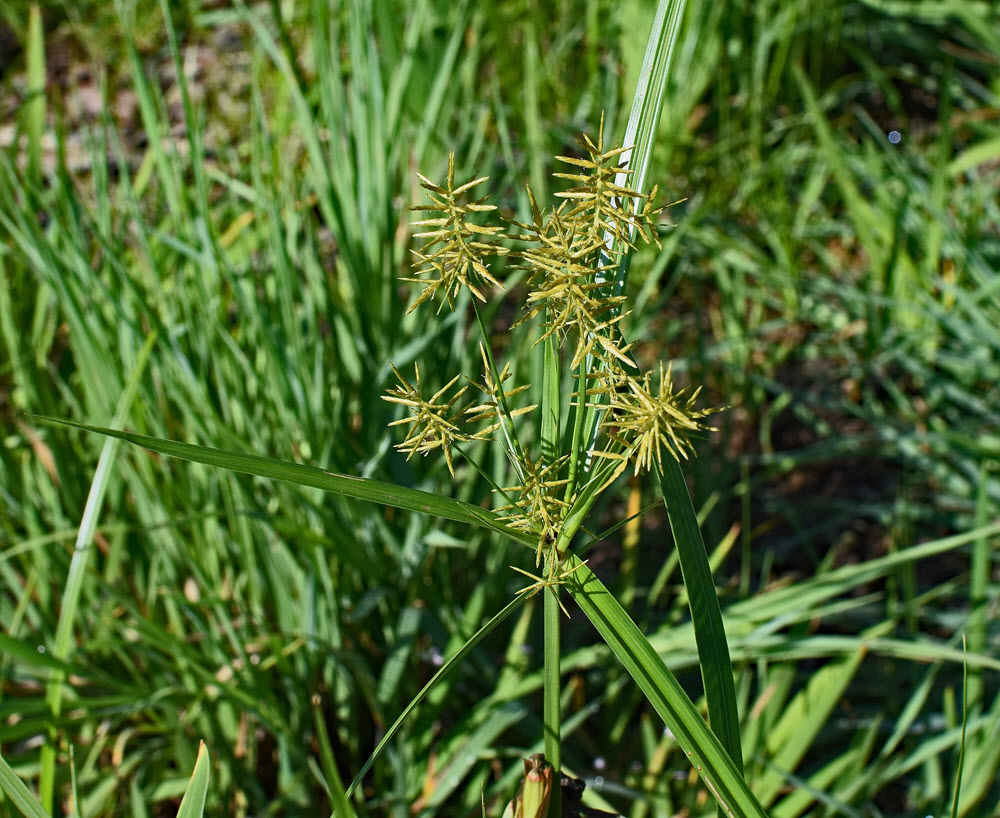Now that you know how to identify the weeds, let’s move on to the bigger challenge—weed control, specifically the best methods of broadleaf weed control.
The application of a preemergent can control many broadleaf weeds. However, several species of annual weeds are difficult to control because they germinate and emerge at times of the year when preemergent is not active. They include annual broadleaf weeds such as prostrate knotweed, creeping oxalis, parsley, speedwell and lespedeza. Difficult annual weeds may require more than one application of a preemergent. Once annual weeds begin to flower or produce seedheads, they become more difficult to control.
Sometimes the best way to tame these tough-to-control weeds is to apply specialized preemergent mixtures directly onto the weeds using a hand can, backpack or other low-volume sprayer. Select broadleaf weed killers are also available for many difficult perennial weeds. However, repeated, timely applications over several growing seasons may be necessary to deplete underground food reserves and affect weed control.
It’s apparent that different weeds at varying stages of their development require different weed control strategies and the application of specific broadleaf weed killers. Unless one of your goals in life is to become a weed expert, determining the best methods of broadleaf weed control is better left up to a TruGreen® PhD-certified specialist, who can recommend a science-based plan that will help achieve a green, weed-free lawn.
With all TruGreen lawn plans, a TruExpertSM certified specialist will provide a Healthy Lawn Analysis®, the first step in further tailoring a plan to help your lawn reach its fullest potential. And you will have the peace of mind knowing that your lawn will also be protected by TruGreen’s Healthy Lawn Guarantee®.
To learn more about weed control for lawns, visit TruGreen.com or call 866.688.6722 today.



 Branch Finder
Branch Finder














 Back to all blogs
Back to all blogs
Facebook
X
Youtube
Copy Link
Email